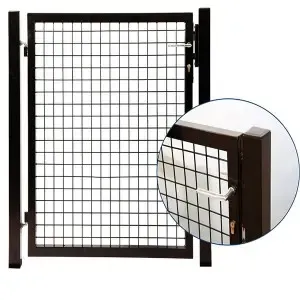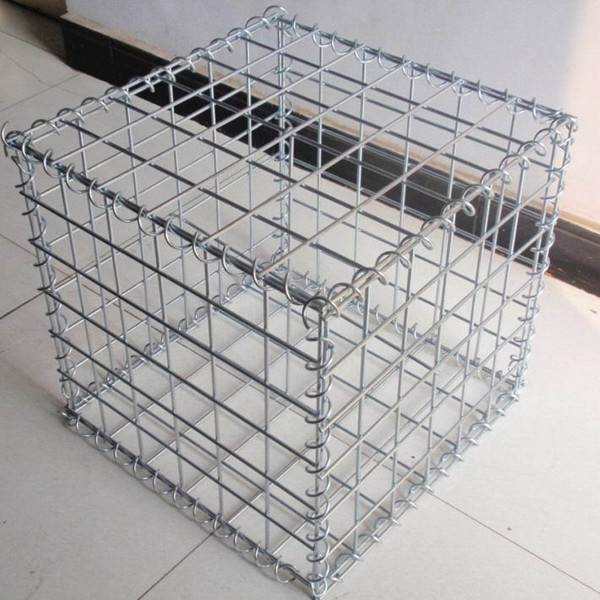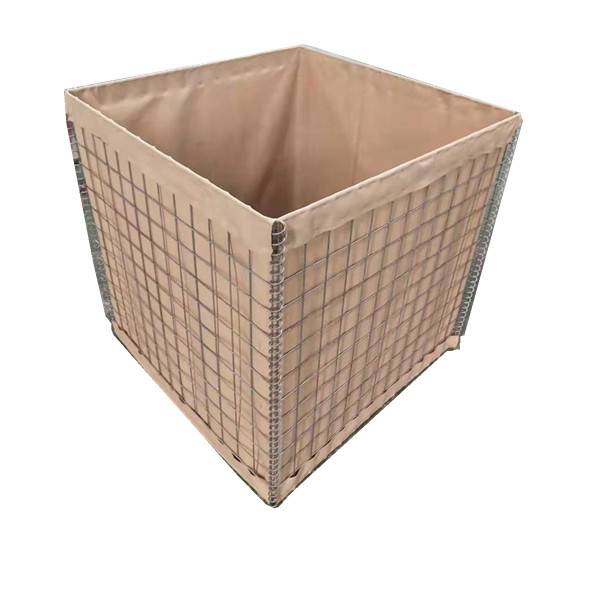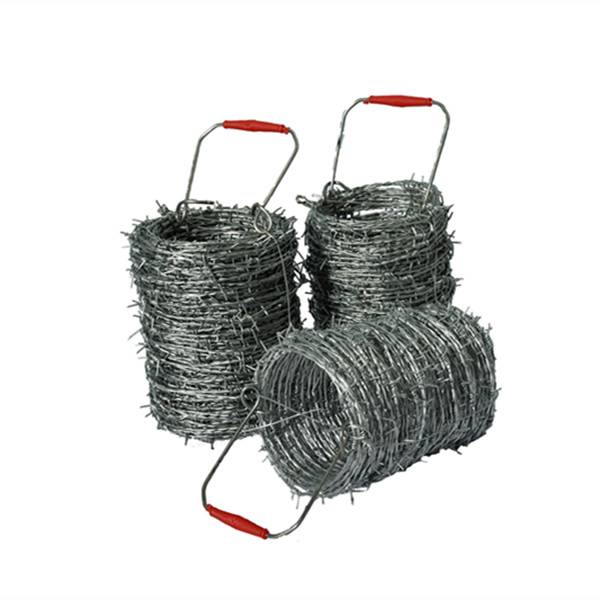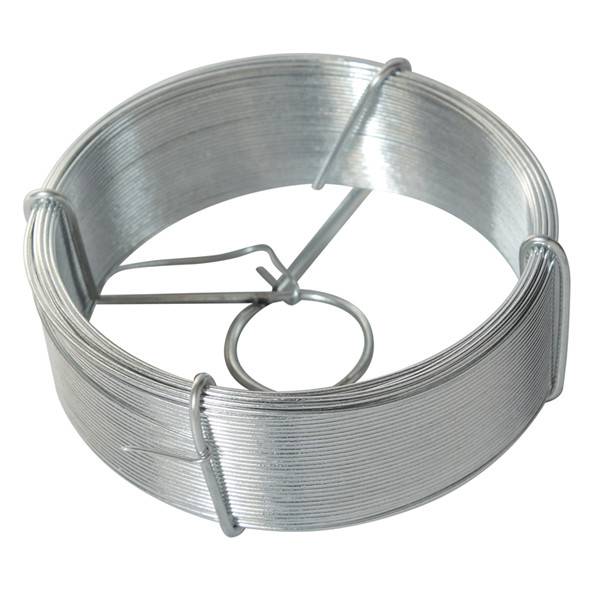
Oct . 14, 2025 14:32 Back to list
Hexagonal Wire Mesh: A Practical Mesh Material for Multiple Fields
Among numerous mesh materials, Hexagonal Wire Mesh has become a commonly used material in various fields such as industry, agriculture, and construction due to its unique structural form and wide applicability. It plays an important role in different scenarios with its simple and stable design.
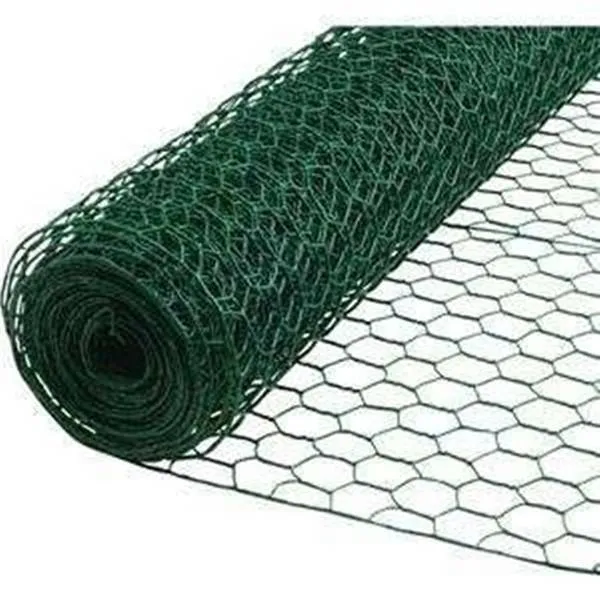
The structural characteristics of Hexagonal Wire Mesh are very distinct
The hexagonal metal mesh is composed of numerous interconnected hexagonal wire mesh grids, which originate from the morphology of bee hives in nature and have excellent stability and load-bearing capacity. Each Hexagonal Wire Mesh grid is formed by interweaving, welding, or weaving metal wires or other materials, with adjacent grids supporting each other, allowing the entire mesh surface to evenly distribute pressure and be less prone to deformation when subjected to external forces. Compared with grids of other shapes such as squares and circles, hexagonal structures can provide a larger load-bearing area and stronger structural strength with the same amount of material used.
Hexagonal Wire Mesh offers a wide range of material choices and manufacturing processes to meet the needs of different scenarios
In terms of materials, common metal materials include low-carbon steel wire, galvanized steel wire, stainless steel wire, as well as polymer materials such as polyethylene and polypropylene. Hexagonal wire netting made of metal material has high strength and durability, making it suitable for applications that require high structural stability; Polymer materials have characteristics such as corrosion resistance and light weight, making them suitable for use in humid or chemically corrosive environments. In terms of production technology, there are various methods such as weaving, welding, stamping, etc. Different processes create different textures and properties of the mesh surface, which can be selected according to specific applications.
Hexagonal Wire Mesh has a wide range of application scenarios
In the field of agriculture, gi hexagonal wire mesh is often used as a fence to delineate farmland and pastures, prevent poultry and livestock from getting lost, and also resist the invasion of wild animals; In hydraulic engineering, it can be used for slope protection of rivers and dams, utilizing its permeability and stability to effectively prevent soil erosion. In the construction industry, Hexagonal Wire Mesh can be used as a reinforcement material for walls and floors, enhancing the overall integrity of the structure; In the aquaculture industry, it can be built into aquaculture cages that balance ventilation and protection functions.
With the development of technology, Hexagonal Wire Mesh is also constantly innovating
The application of new composite materials enables them to maintain strength while being lighter in weight and lower in cost; The improvement of surface treatment technology has enhanced its corrosion resistance and aging resistance, and extended its service life. Moreover, according to the special needs of different fields, the specifications, sizes, and materials of hex mesh metal can be customized for production, further expanding its application scope.
In summary, Hexagonal Wire Mesh plays an important role in various fields such as agriculture, water conservancy, construction, and aquaculture due to its stable hexagonal structure, diverse materials and processes. It not only has practical functional features, but also constantly adapts to new demands with technological innovation. This seemingly simple mesh material, with its unique advantages, has become an indispensable practical material in various industries.
Hexagonal Wire Mesh FAQs
What is Hexagonal Wire Mesh?
Hexagonal Wire Mesh, Also known as "hexagonal mesh" or "gabion mesh", it is a metal mesh woven from low-carbon steel wire into a hexagonal honeycomb structure. Its unique hexagonal design provides excellent flexibility and tensile strength, and is commonly used in fields such as slope protection, river management, and landscaping. Due to its uniform mesh and good breathability, it can effectively prevent soil erosion while allowing plant roots to grow naturally, achieving the integration of ecology and engineering.
What are the material options for Hexagonal Wire Mesh?
Common materials include electroplated zinc wire, hot-dip galvanized wire, PVC coated wire, and stainless steel wire. Electrogalvanizing has a lower cost but average rust prevention ability; Hot dip galvanized wire has stronger corrosion resistance and is suitable for long-term outdoor use; PVC coated plastic wire is covered with a colored plastic layer on a galvanized basis, which has both anti-corrosion and aesthetic properties; Stainless steel wire is used in highly corrosive environments such as seawater or chemical areas, with the longest lifespan but higher price. Users can flexibly choose based on project budget and environmental requirements.
How to install Hexagonal Wire Mesh?
Installation requires cleaning the base surface and compacting the soil first, unfolding the mesh and fixing adjacent mesh edges with binding wires. For slope protection projects, it is necessary to fill the net cage with stones (usually 1.5-2 times the size of the mesh), stack them in layers, and tie the cover plate. In river management, geotextile should be laid at the bottom of the net cage to prevent sediment loss. Attention: gloves shall be worn during construction to avoid scratches, and the initial structural stability shall be checked regularly, especially the loose parts shall be reinforced after rainstorm or flood.
What are the creative uses of Hexagonal Wire Mesh in landscape design?
In addition to traditional protective functions, designers often use it as a three-dimensional flower stand to support climbing plants, or cut it into geometric shapes to decorate walls. In the courtyard, it can be bent into a curved planting groove and paired with succulent plants to create a modern feel; The dyed PVC mesh can also be used to create art installations, such as hollow screens or lighting background walls. Its translucent and breathable characteristics not only maintain spatial transparency, but also divide functional areas, achieving a balance between practicality and aesthetics.
What is the difference between Hexagonal Wire Mesh and regular wire mesh?
The core difference lies in structure and performance: hexagonal mesh is more flexible and can adapt to foundation settlement without breaking, while rigid wire mesh deforms; Hexagonal mesh can disperse stress and has better impact resistance than square mesh; In terms of ecology, hexagonal mesh has a higher porosity (up to 60% or more), which is more conducive to vegetation growth. However, ordinary barbed wire has more advantages when high-strength enclosed protection is needed (such as in prisons and airports), and the two need to be selected according to specific scenarios.
-
Custom Weld Mesh – Tailored Solutions for Durable Industrial Fencing & Construction
NewsNov.24,2025
-
Comprehensive Guide to Chicken Welded Wire Mesh: Uses, Benefits & Suppliers
NewsNov.23,2025
-
BRC Weld Mesh – Durable Reinforcement Solutions for Modern Construction
NewsNov.23,2025
-
Durable BRC 3315 Mesh for Reliable Concrete Reinforcement | Hardware In Store
NewsNov.23,2025
-
Discover the Benefits of Green Weld Mesh – Durable, Sustainable Fencing Solutions
NewsNov.22,2025
-
Electro Welded Mesh: Durable, Versatile Steel Grid Solutions | HardwareInStore
NewsNov.22,2025
Products categories





